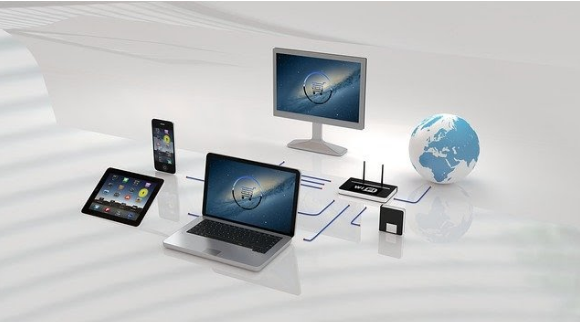
Why is it the Best Choice to Start with Flutter in 2020?
There are a number of choices when it comes to choosing the language for mobile or web application development. You have Java, Swift, React Native that are already well-established in the app development industry.
Why Learn Flutter When There Are Other Frameworks Already?
Here we have to talk about Dart, the programming language used in the Flutter framework. Generally, most of us are already aware of the basic programming languages such as C, C++, etc. And Dart can be easily learnt and implemented when you already have a basic understanding of C, C++. So it’s much easier to learn with a lot of useful plugins and libraries to help you develop the code using Flutter SDK.
Dart is a robust language that provides easy coding, security options, and platform independence for a Flutter app (web and mobile-based, both).
Let me point out the reasons to choose Flutter over other frameworks to give you a clearer view.
- It’s easier to learn and deploy
As I said earlier that if you have the basic understanding of C, C++ codes, then you can easily learn Flutter. Moreover, the Flutter SDK is armed with numerous useful plugins that make the development process faster than any other SDKs.
Of course, Flutter is the latest framework for application development, so we can expect the most advanced features that come along with it.
- Supports more data types
Along with the regular data types such as int, float, char, double, boolean, const- Flutter also supports data types that hold the values of variables that keep changing. One such data type is ‘varchar’ which can be assigned by any value and that keeps changing from time to time. Even, varchar has some limitations. But the Dart language introduces one more data type that provides 100% variance, and that is ‘dynamic’ data type. Once you assign any value to dynamic data type, it can be changed any time during the coding.
This feature helps a lot in the development process and makes mobile app development a piece of cake for the Flutter developers.
- One app supporting multiple platforms
The best part of the Flutter app is it can be run on any platforms such as Android and iOS! It means, once you write a code in the Flutter framework using Dart language, then the same code can be run on both the platforms. Unlike the other coding, in the case of Flutter, you don’t require separate codes for particular platforms. The cross-platform mobile app development is one of the main advantages of the latest development framework.
- Development time is reduced
As only one code is sufficient to run on various platforms, so the development time gets reduced a lot. The startup companies that require immediate deployments can take the best advantage of such features. Only one single dedicated app developer with the least amount of effort and time can create exceptional mobile and web applications.
- Cost reduction for development
Unlike the cases when one needs to hire multiple developers to create applications that support different platforms, in the case of Flutter, a single developer can perform the task, so the company needs to hire a Flutter app developer and he does all the job. Also, as the coding part in Dart is much simpler than any other language, the development process takes less time. So, it’s all the way beneficial for any company whether it is a startup or a big MNC.
- Live-output through Hot-Reloading
It’s one of the greatest features and the most unique of all where you can do the coding and see the output through the emulator before publishing the app. So one can try out various designs and functionality easily and then select the most preferred ones.
This way, the clients will always be satisfied as you can show them various designs with live output and then finalize the one they choose.
- Online Community that is Growing Rapidly
The online community of Flutter framework is growing rapidly which assists a lot whenever you require any help from them. Previously, a few years ago, Flutter was in a beta version with very less or no such support availability. However, with time Flutter has evolved a lot and has reached a stable existence today. The support groups have increased in number with millions of satisfied users worldwide.
Some of the famous Flutter communities are Flutter Awesome, Awesome Flutter, Flutter Community
- Future perspectives
Flutter is introduced by the Google development team with the virtue of deploying it as the native framework for the Fuchsia operating system. And as per the studies, the Fuschia OS is going to revolutionize the app development industry completely. And we can assume the importance of Flutter through this statement.
To conclude, I would say that if you want to become an app developer and find easy success, then choose none other than Flutter, as you can master it soon and will also get a lot of support through the Flutter communities.
Would you select Flutter development for your next Mobile App?
Considering the significance of Flutter in terms of the potential for Android app growth, Flutter is really a wonderful choice for android growth. Its top features of Hot reload and easy writing allow it to be a better frame compared to the majority of cross-platform frameworks, perhaps even better than React Native. So would you choose Flutter Development for the mobile app?









